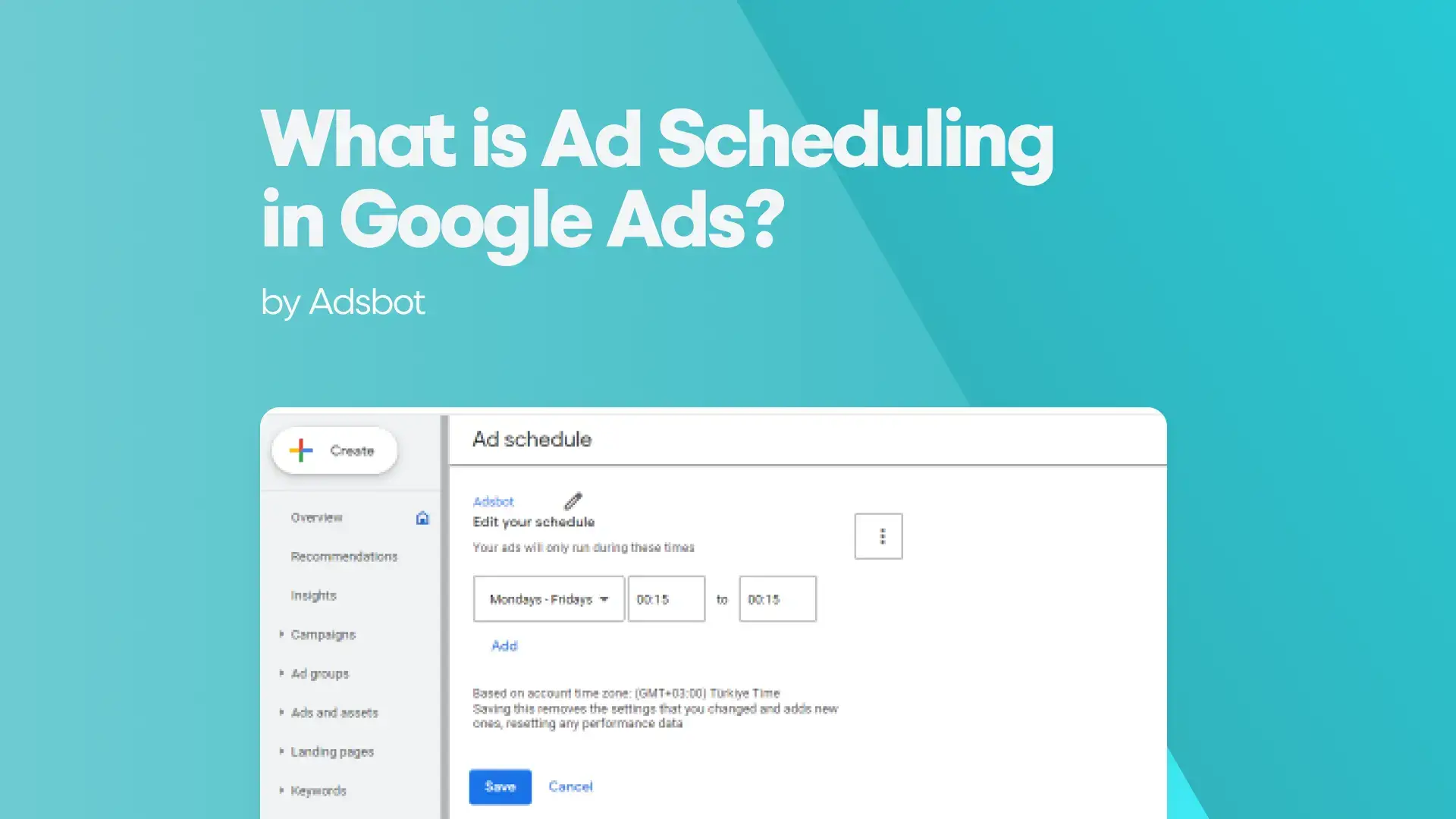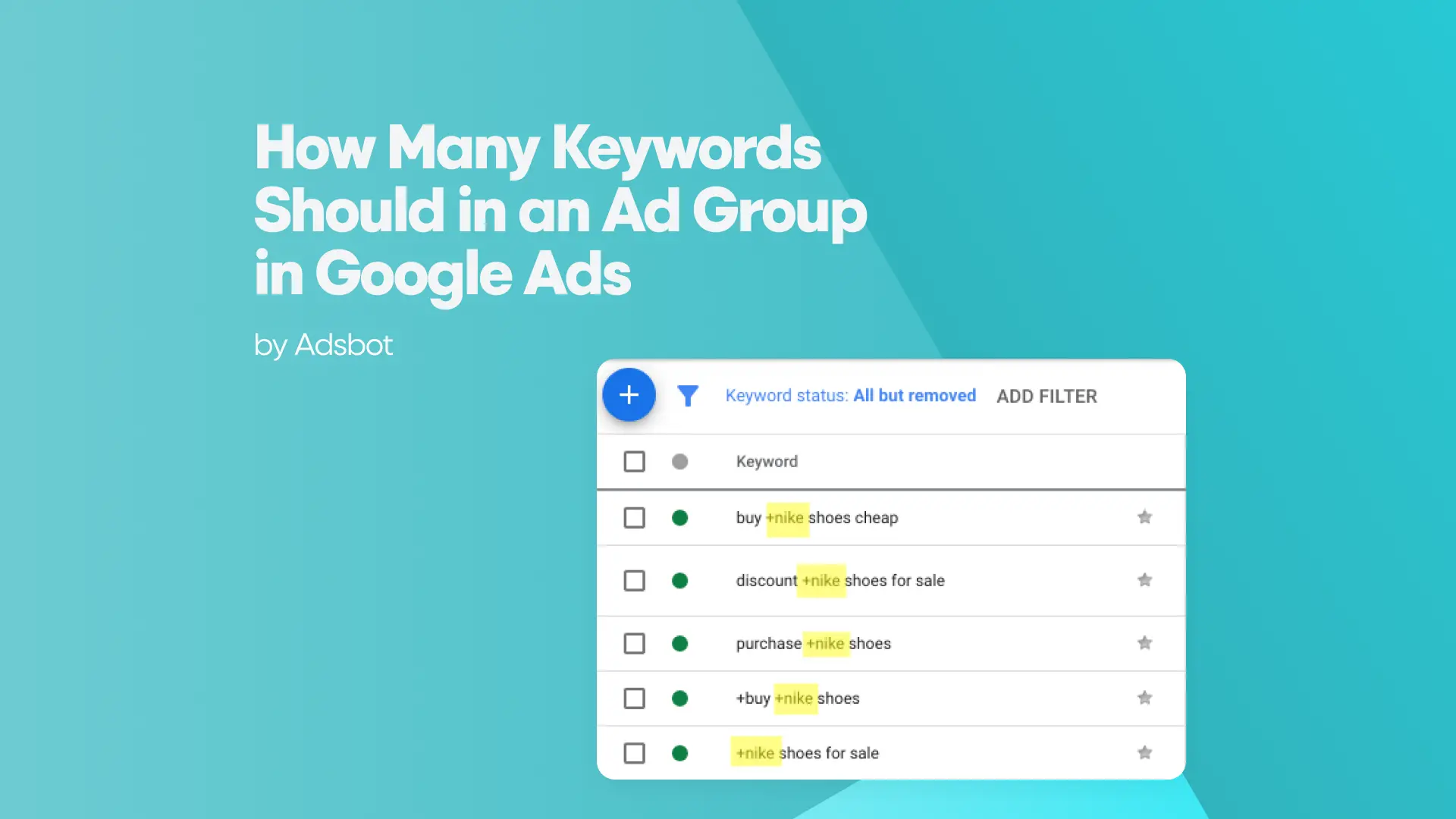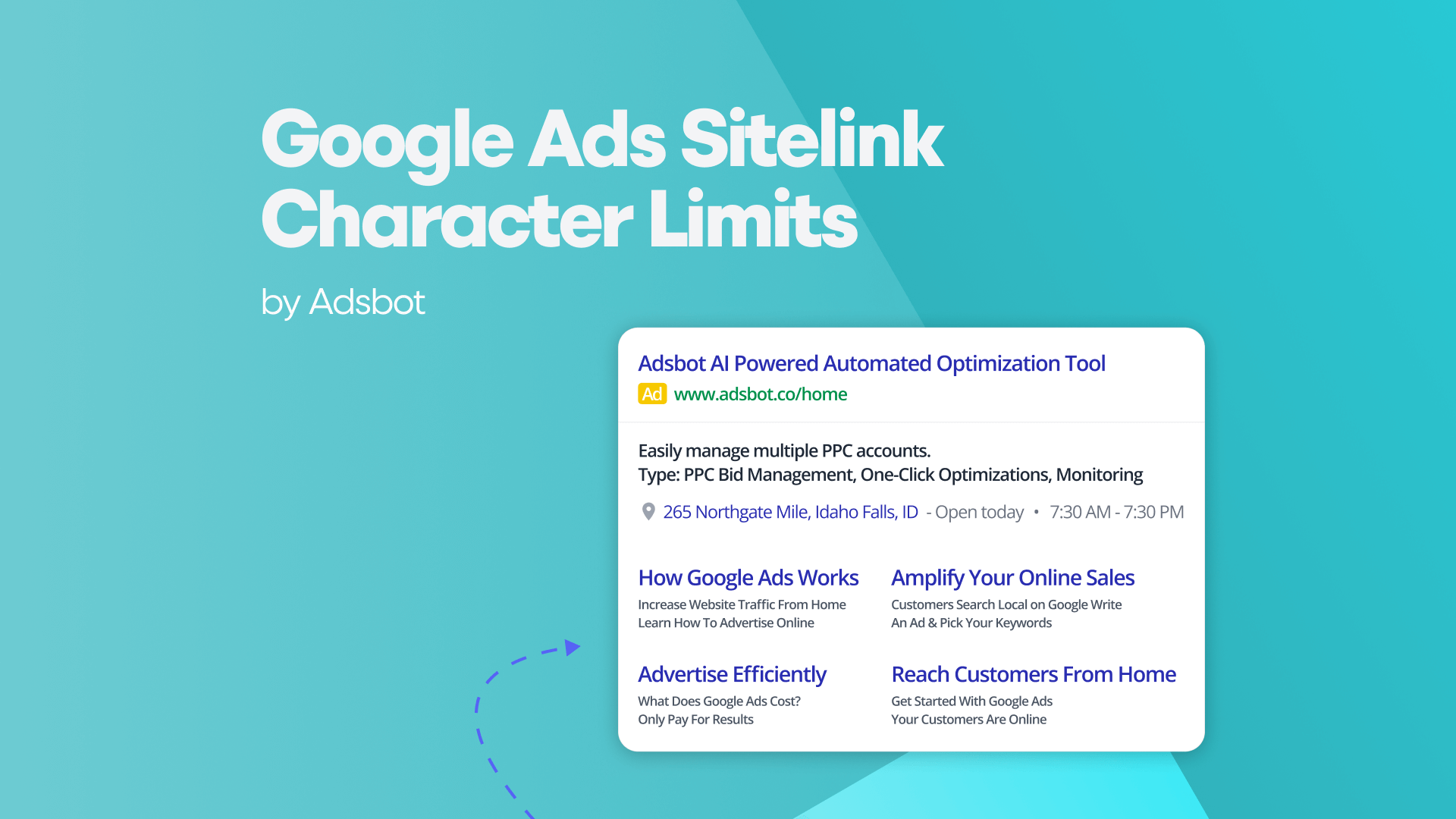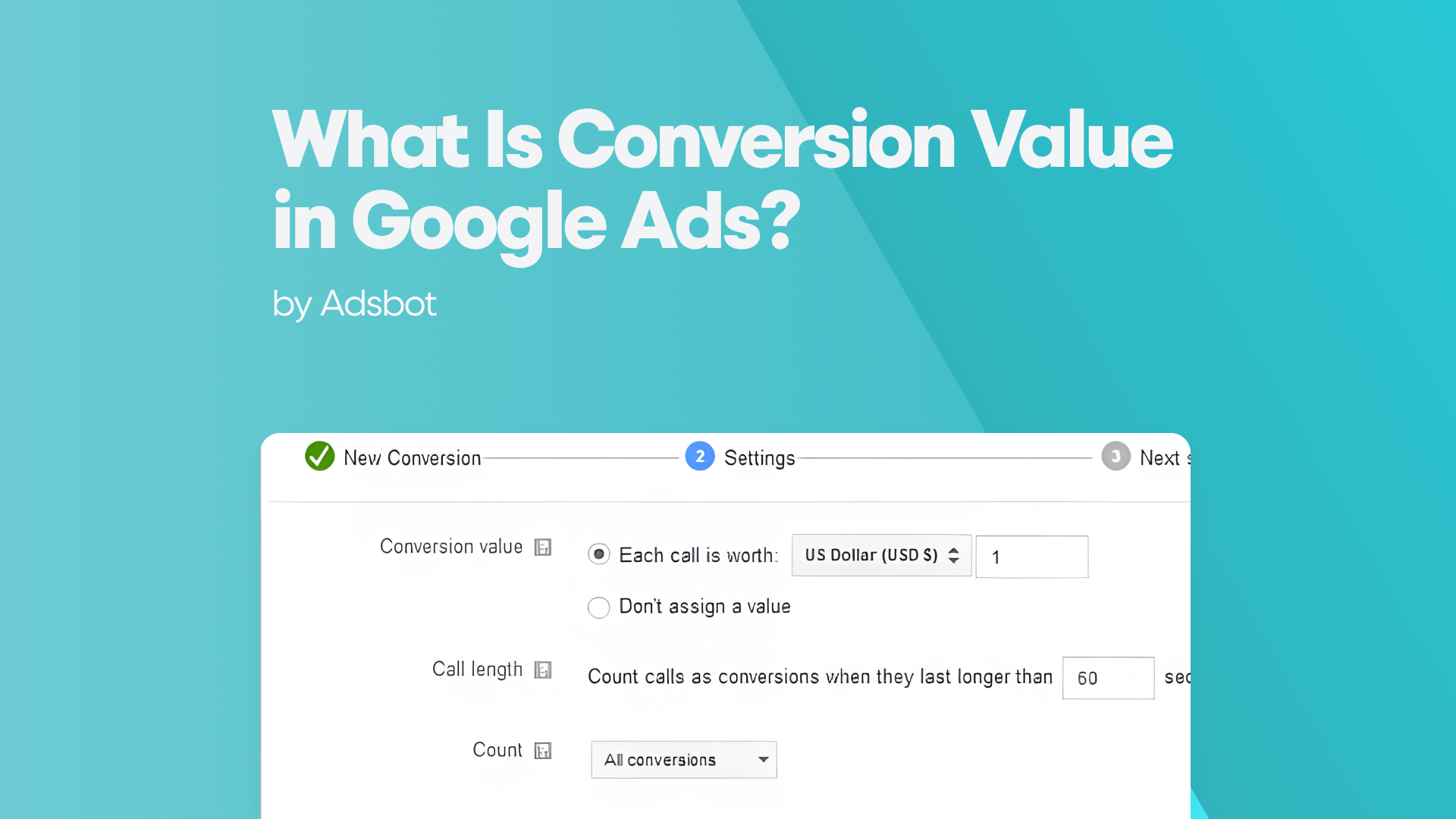In the realm of digital marketing, attaining the precise target demographic at the opportune moment is of paramount importance for the triumph of your promotional endeavours. The remarkable functionality of ad scheduling, an immensely potent attribute proffered by the esteemed platform of Google Ads, empowers advertisers to meticulously designate the precise moments when their meticulously crafted advertisements are strategically showcased to an expansive pool of prospective clientele. Through the strategic arrangement of your advertisements, you have the potential to optimise their visibility, pinpoint particular temporal intervals, and allocate your financial resources with greater efficiency. Within the confines of this particular blog post, we shall embark upon a comprehensive exploration of the intricate concept known as ad scheduling.
What is Ad Scheduling in Google Ads?
The practise of ad scheduling, commonly referred to as dayparting, is an intricate facet within the realm of Google Ads. This particular functionality empowers advertisers with the ability to meticulously select and designate precise days of the week and specific moments throughout the day during which their advertisements shall be showcased to the discerning eyes of the target audience. Through the utilisation of ad scheduling, advertisers possess the capacity to exercise dominion over the precise moments in which their advertisements are exhibited, thereby guaranteeing the attainment of their intended audience during the utmost pertinent and propitious junctures. This particular feature proves to be exceedingly advantageous for enterprises that possess distinct periods of heightened activity, occasional promotional endeavours tied to specific seasons, or strategic initiatives aimed at diverse geographical regions with disparate time zones.
What are the Benefits of Ad Scheduling?
Ad scheduling offers advantages, for advertisers. To begin with it allows you to make the most of your budget by directing your ad spending towards moments when your target audience’s likely to be active and engaged. This ensures that your ads are displayed to users when they are most receptive increasing the likelihood of click throughs, conversions and ultimately a higher return on investment. Furthermore ad scheduling empowers you to enhance campaign performance by customizing your messages and offers based on times and days. For instance you can create limited time promotions for weekends. Adjust your bidding strategy during peak hours to maximize visibility. Additionally ad scheduling provides insights, into how your ads perform during time periods enabling you to identify trends optimize bidding strategies and refine your overall campaign approach.
How to Set Up Ad Scheduling in Google Ads
Setting up ad scheduling in Google Ads is a straightforward process. Here’s a step-by-step guide:
- Sign in to your Google Ads account and navigate to the campaign you want to modify.
- Click on the “Settings” tab and select “Ad Schedule” from the menu on the left.
- Click on the blue plus button to create a new ad schedule.
- Choose the campaign’s time zone and select the days of the week you want your ads to appear.
- Determine the specific hours or time ranges during which you want your ads to be displayed.
- Adjust bids if desired for specific time periods to increase or decrease visibility.
- Save your settings, and your ad schedule will be applied to your campaign.
It’s important to regularly monitor the performance of your ad schedule and make adjustments as needed. Analyze metrics such as impressions, clicks, conversions, and cost per acquisition (CPA) to evaluate the effectiveness of your ad schedule and refine your strategy over time.
Ad scheduling is a valuable feature in Google Ads that empowers advertisers to control when their ads are displayed to their target audience. By strategically setting up ad schedules, you can optimize your budget, tailor your messaging to specific time periods, and improve overall campaign performance. By taking advantage of ad scheduling, advertisers can make the most of their advertising efforts, ensuring maximum visibility and engagement with their target audience.
FAQ
Can I set up ad scheduling for specific locations and devices?
Yes, ad scheduling in Google Ads allows you to set up specific schedules for locations and devices, giving you control over when and where your ads are shown.
How often should I review my ad schedules?
It is recommended to review your ad schedules regularly, at least once a month, to assess performance, make adjustments, and ensure alignment with your campaign goals.
Is ad scheduling only available for PPC campaigns?
No, ad scheduling is available for various campaign types, including both PPC (Pay Per Click) and CPM (Cost Per Thousand Impressions) campaigns, allowing you to optimize your advertising efforts regardless of the pricing model.
Popular Posts
-
How Many Keywords Should Be In an Ad Group in Google Ads?
Ever wondered if your Google Ads campaigns are packed with…
Read more -
Google Ads Script for Dummies: An Introduction
Imagine you have an e-commerce website that sells licensed superhero…
Read more -
Google Ads Sitelink Character Limits
Your Google Ads are cutting off in the middle of…
Read more -
What Is Conversion Value in Google Ads?
What if you could put a price tag on every…
Read more
Register for our Free 14-day Trial now!
No credit card required, cancel anytime.





